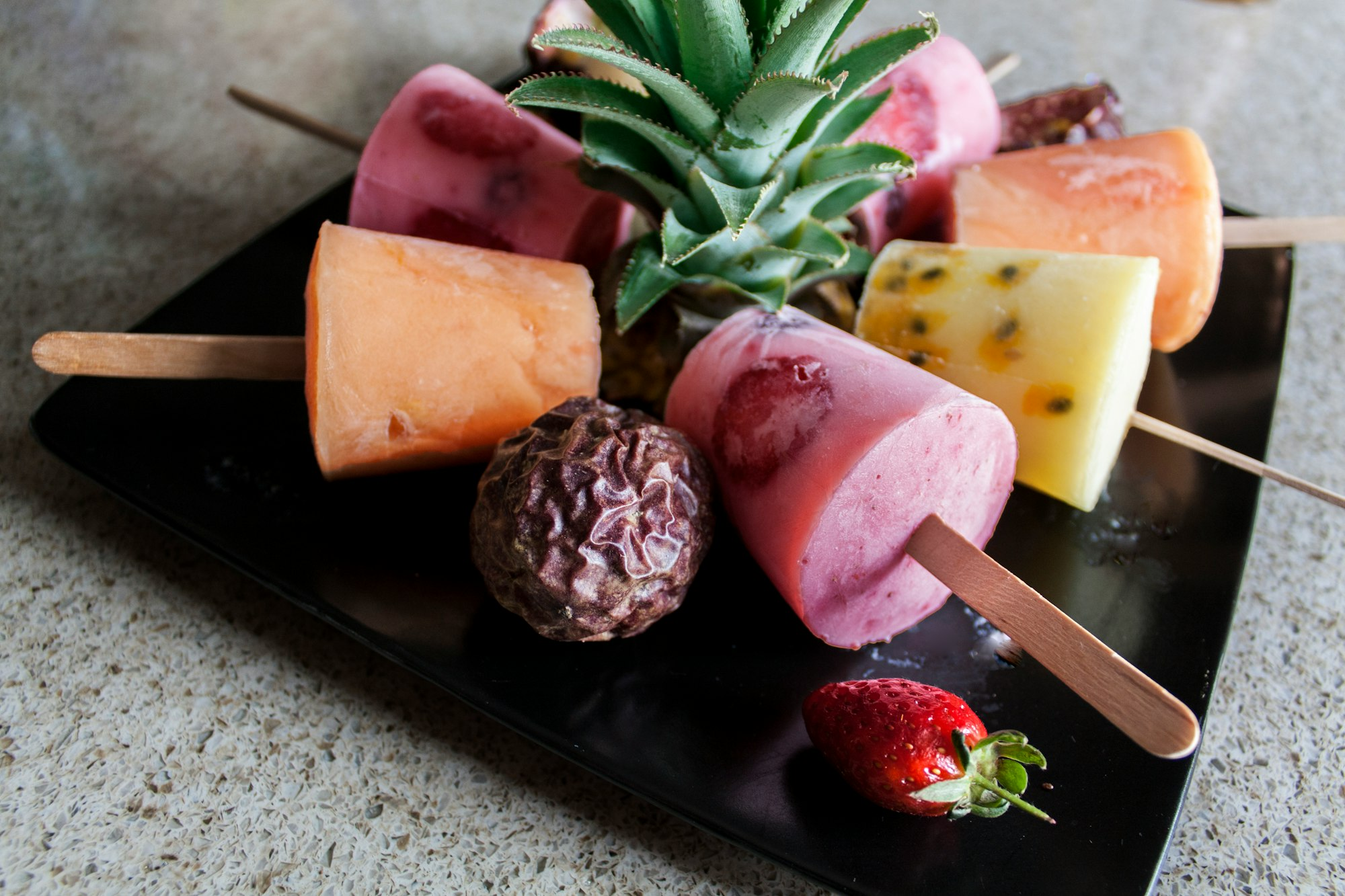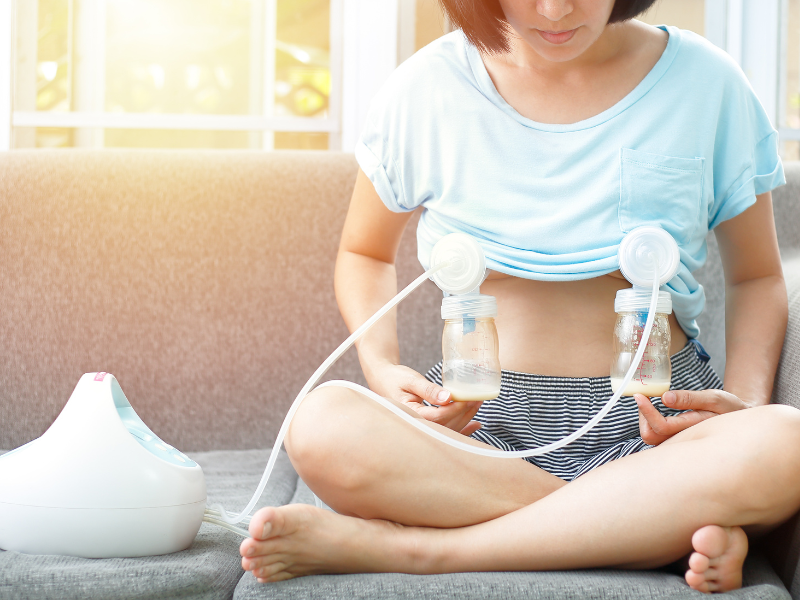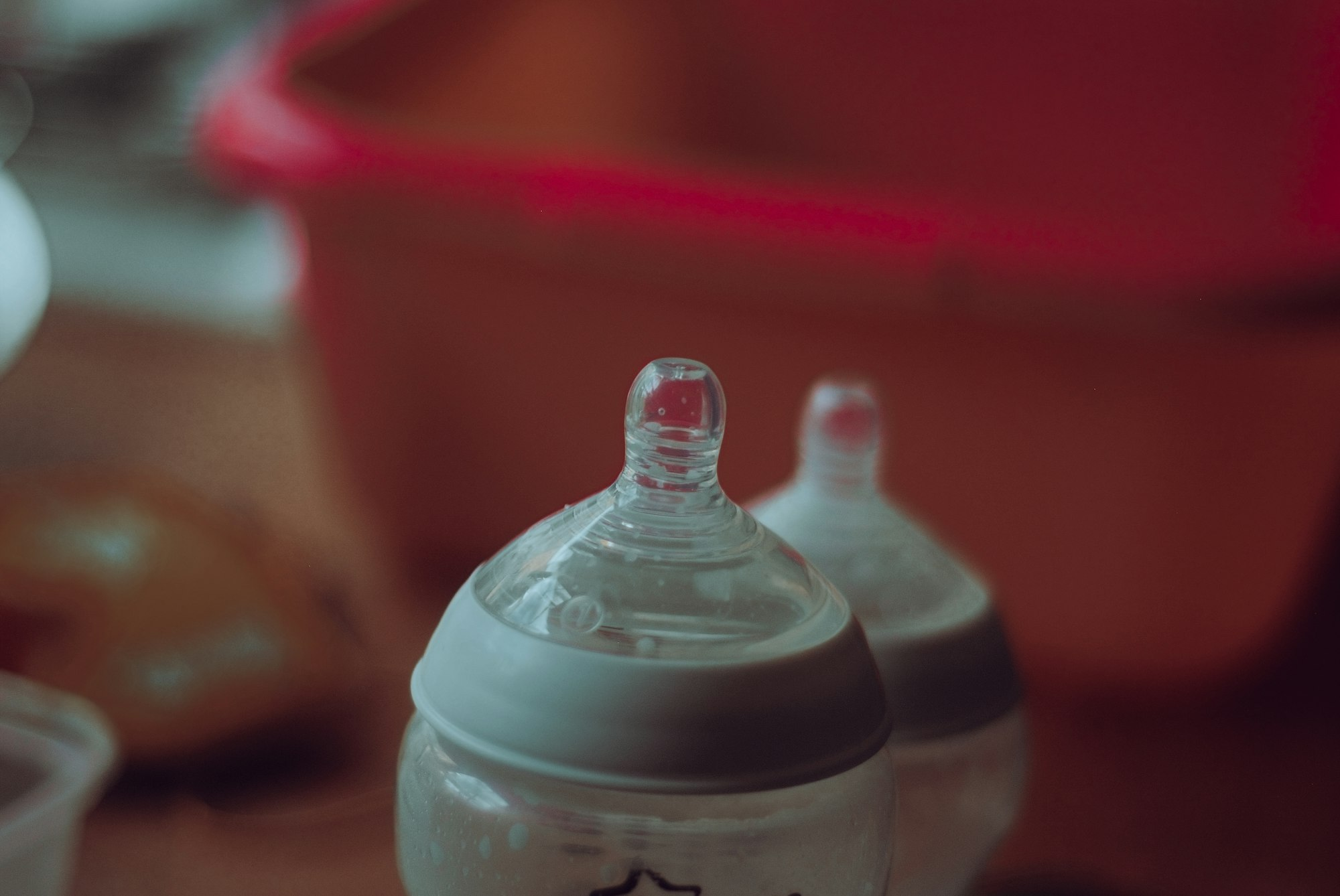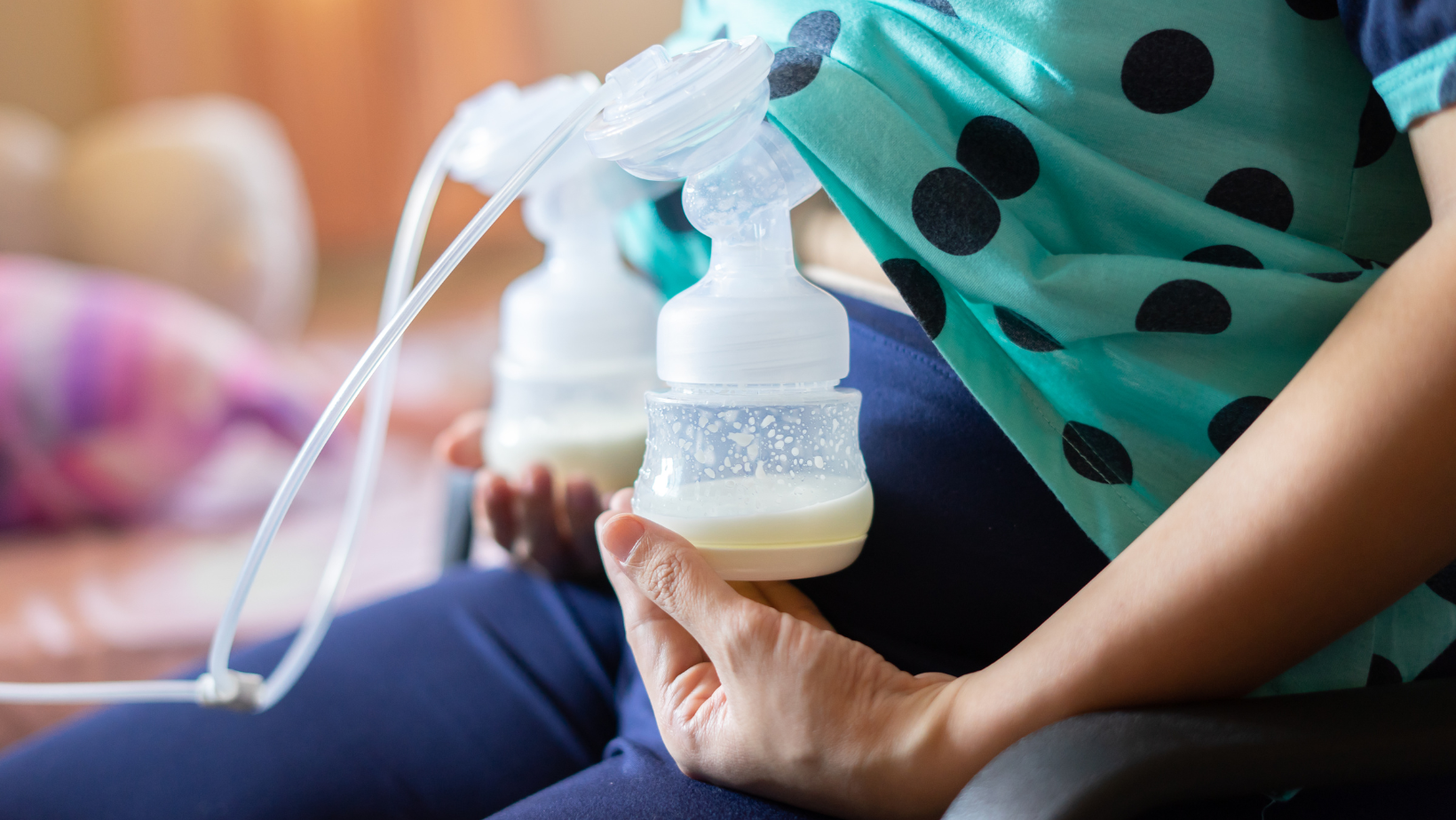-

·
Breast Milk Popsicles – Quick Teething Pain Relief & Immune Boost
Breast milk lollies are a simple, soothing solution for teething babies—and they work for older kids too. These frozen treats ease gum pain, offer immune support, and help busy moms use their milk creatively. Safe, homemade, and baby-approved.
-

·
How to Make Your Own Hands-Free Pumping Bra
Take back your time with our hands-free pumping bra—designed for busy moms who need flexibility without sacrificing comfort. Whether you’re working, driving, or just trying to eat a meal with both hands, this bra keeps your pump securely in place so you can multitask with confidence. Supportive, discreet, and easy to use.
-

·
Not Pumping Enough Milk? Simple Ways to Increase Output
Struggling with low milk output while pumping? You’re not alone. This guide covers why you might not be pumping enough milk and offers simple, proven tips—from power pumping to skin-to-skin contact—to help boost your supply. Practical advice, expert-backed solutions, and encouragement for every pumping journey. You’ve got this.
-

·
Paced Bottle Feeding 101: What You Need to Know
Paced bottle feeding is a baby-led method that mimics breastfeeding by slowing milk flow and allowing breaks. It helps prevent overfeeding, supports breastfeeding, and encourages healthy feeding habits. Ideal for new moms using bottles, it promotes comfort, bonding, and a smoother transition between breast and bottle.
-

·
Can You Mix Formula and Breast Milk?
You may have some concerns about mixed feeding. But rest assured, if your baby is breastfeeding regularly and there are no medical reasons, then you don’t need to supplement with formula. Your breast milk should be enough! However, there may be situations where mixed feeding is a great solution, like if you have a low milk…
-

·
Power Pumping 101 – How to Boost Your Supply Quickly
Struggling with low milk supply? Power pumping is a proven technique that mimics a baby’s natural cluster feeding to help boost production. Learn how to use it effectively, when to try it, and what results to expect—all backed by research and real-world tips.
-

·
How Long Is Breast Milk Good For?
The longevity of breast milk depends on how it is stored. These guidelines will help prevent spoilage and ensure that your breast milk is safe for your baby to consume Ensuring that your baby receives the best quality breast milk is important. The longevity of breast milk depends on how it is stored. To ensure…
-

·
Exclusive Pumping – The Benefits Outweigh the Challenges
Drain your breasts as much as possible with every pumping session; this will signal your body to produce more milk. Drink lots of fluids, especially water, this will hydrate your body to increase milk production. Exclusively pumping, also known as Eping, is a way for a mother to continue to give her baby breast milk when breastfeeding…
-

·
Blood in Breast Milk – Here’s What It Means and How to Handle It
Blood in breast milk can look scary, but it’s often harmless and temporary. Learn the common causes, when it’s safe to keep breastfeeding, and when to call for help. You’re not alone—this guide offers real answers and calm, clear support for new moms facing this common challenge.
-

·
Breast Milk Color Changes – Here’s What It Really Means
Ever noticed your breast milk looking yellow, green, or blue? These color changes are common, often harmless, and tell a story about your milk’s nutrients. Learn what different hues mean, when to relax, and when to check in with a lactation expert.

Breastfeeding Problems & Solutions
Category: Pumping & Expressing Milk
Learn how to make pumping and expressing breast milk easier and more effective. From choosing the right breast pump to storing milk safely, this section provides tips and techniques to help you maintain supply and feed your baby with confidence.